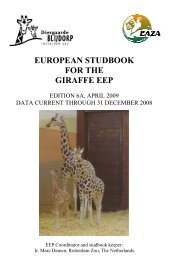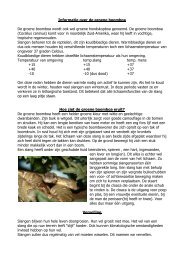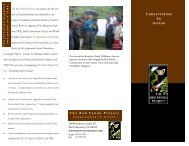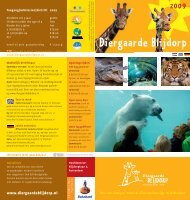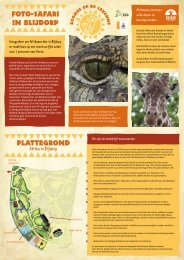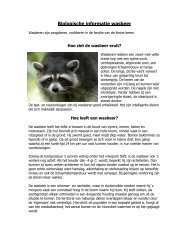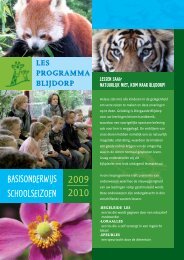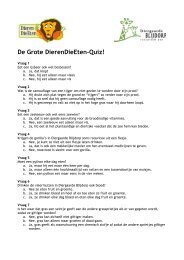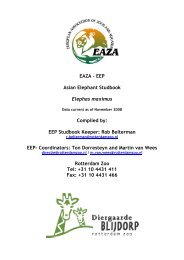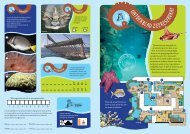Create successful ePaper yourself
Turn your PDF publications into a flip-book with our unique Google optimized e-Paper software.
<strong>EEP</strong> STUDBOOK CROWNED PIGEONS<br />
6.5.4 The Lakekamu Basin<br />
The Lakekamu Basin is located at the border of three provinces: The Gulf Province, Morobe<br />
Province and the Central Province. The Basin comprises scattered small community villages<br />
within a vast expanse of pristine rainforest, low hills and sharp-forested ridges rising up to the<br />
summit of Papua New Guineas central cordillera. The area is about 1.700 km 2 , which covers a<br />
large area of unbroken forest with a rich wildlife and provides an important habitat for large<br />
birds and mammals which are threatened elsewhere in the country. Due to its high<br />
biodiversity, the Lakekamu Basin was selected by Conservation Needs Assessment for<br />
conservation purposes in Papua New Guinea (Pupang, 1996).<br />
The Lakekamu Basin has some of those unique virgin forests and some of those rare<br />
unpolluted rivers in the country. It was noted that forests far from the villages were not very<br />
much disturbed by humans and this is mainly primary forest. Those, which are close, have<br />
been heavily disturbed by people mainly when making gardens. The development forests near<br />
the communities are of secondary forest resulted from abandoned gardens. There were more<br />
secondary forest developed as people move inner in to the virgin forest to make new gardens.<br />
And this is one of the factors, which shows a decrease in virgin forests and an increase in<br />
secondary forest near the village.<br />
Social history of the Lakekamu Basin<br />
Environmental conditions in the Lakekamu Basin have been affected by centuries of human<br />
occupation and use. Therefore, most of the rainforest is secondary rainforest. The social<br />
history of the Lakekamu Basin is thus a necessary complement to the analysis of local<br />
biological diversity. This information is also integral to proposed conservation initiatives in<br />
the region (Kirsch, 1997).<br />
There are four main villages in the Lakekamu Basin: Tekadu, Kakoro, Nukeva and Okovai,<br />
but all of them consists of more settlements. The <strong>number</strong> of people living in the Lakekamu<br />
Basin is estimated between 1158 (Pupang, 1996) and 2000 (Kirsch, 1997). There is little<br />
known about the fluctuations of the population, but studies done by McArthur in 1971 have<br />
shown that there should be no growth in the population at the Lakekamu Basin due to four<br />
factors.<br />
1. Abortion.<br />
2. Mothers obstain from sexual intercourse for longer period after birth for health reasons<br />
while breast-feeding.<br />
3. Breast feeding delaying conception.<br />
4. High infant rate is added to low birth rate.<br />
However, according to actual field observations and reports from the village recorders, it has<br />
shown that the population increased for the past years (Pupang, 1996). On the contrary, in<br />
times of drought, like 1997, the population is declining very fast, because there is not enough<br />
food to feed everybody and people are dying from sicknesses caused by a decreased<br />
resistance.<br />
128



